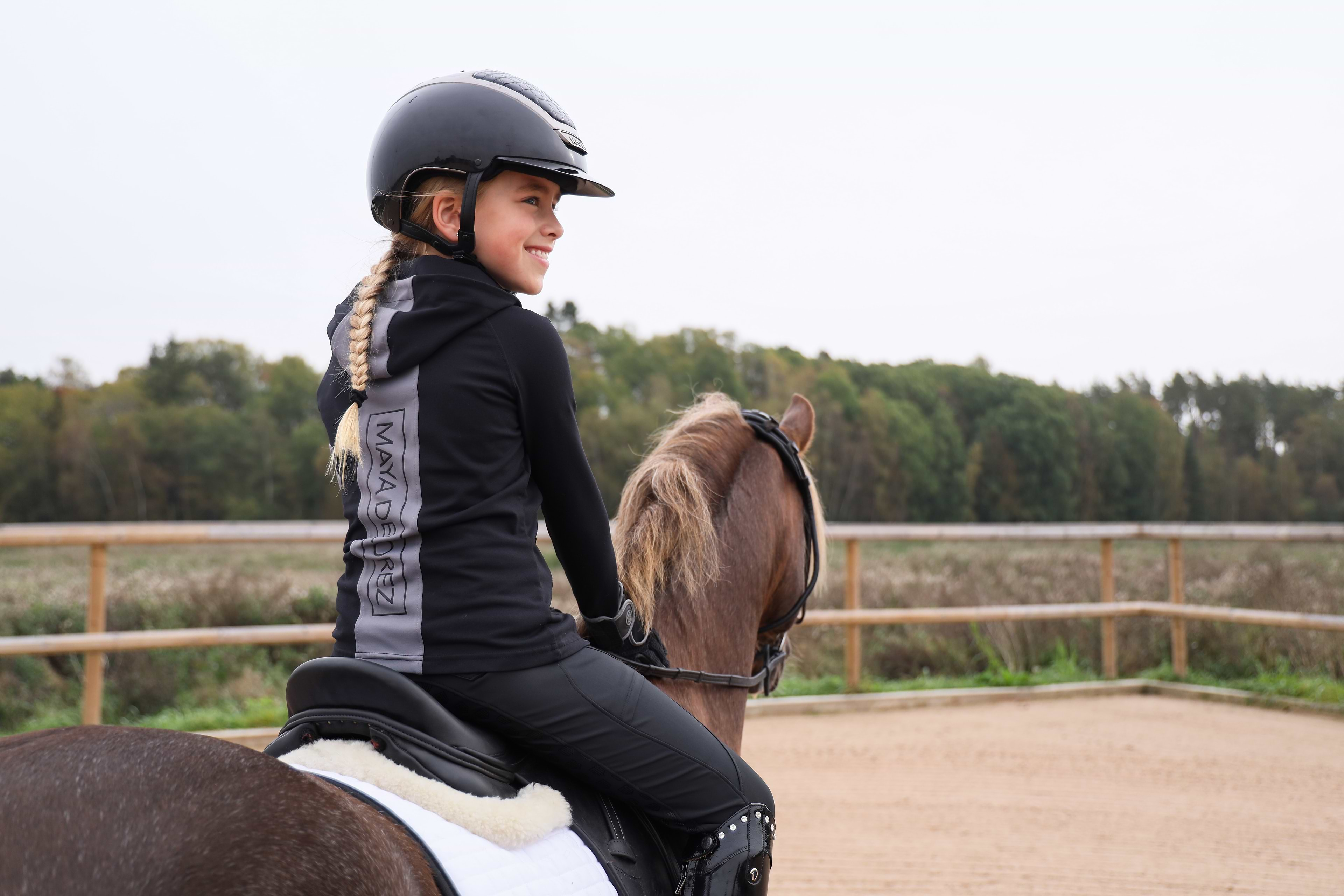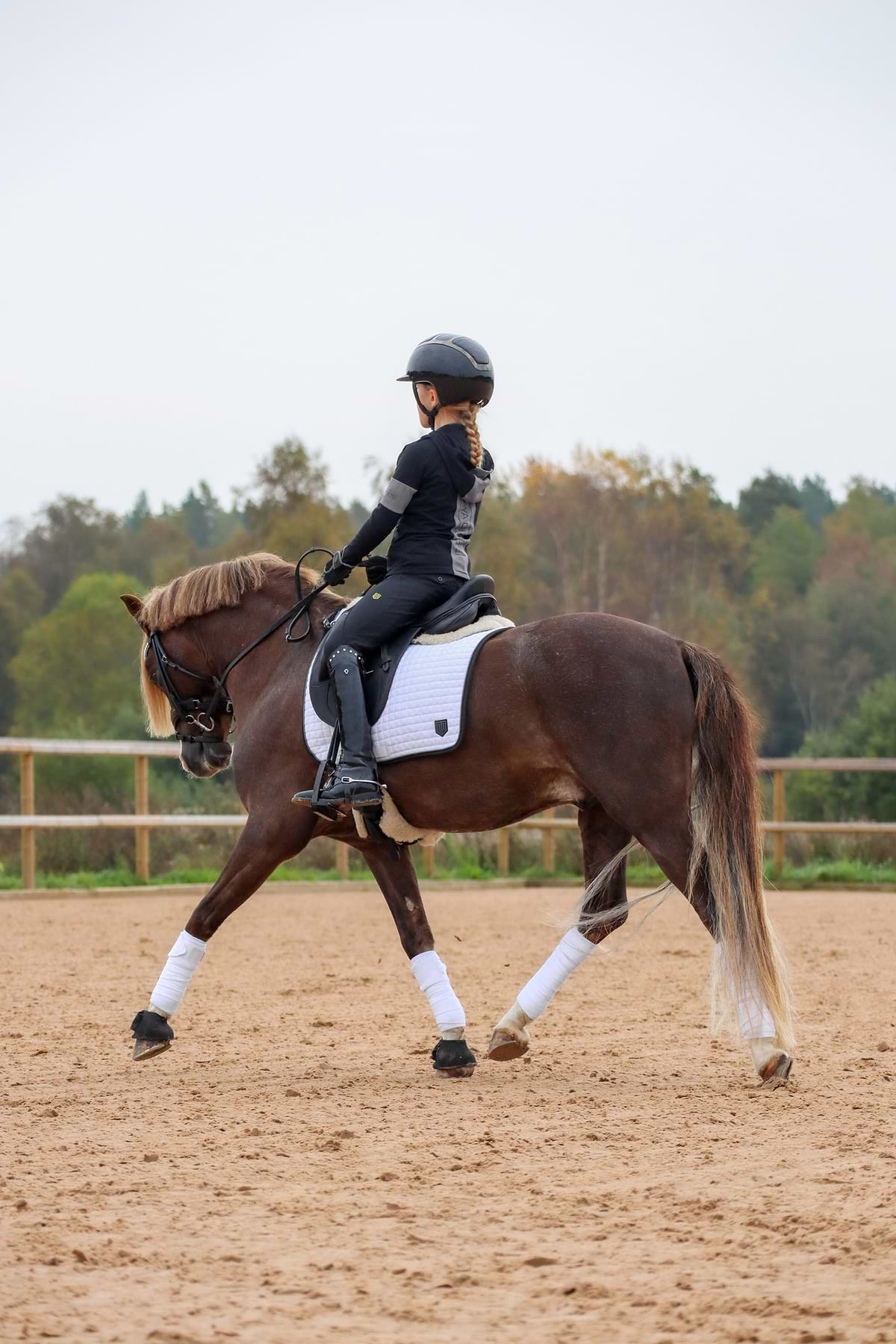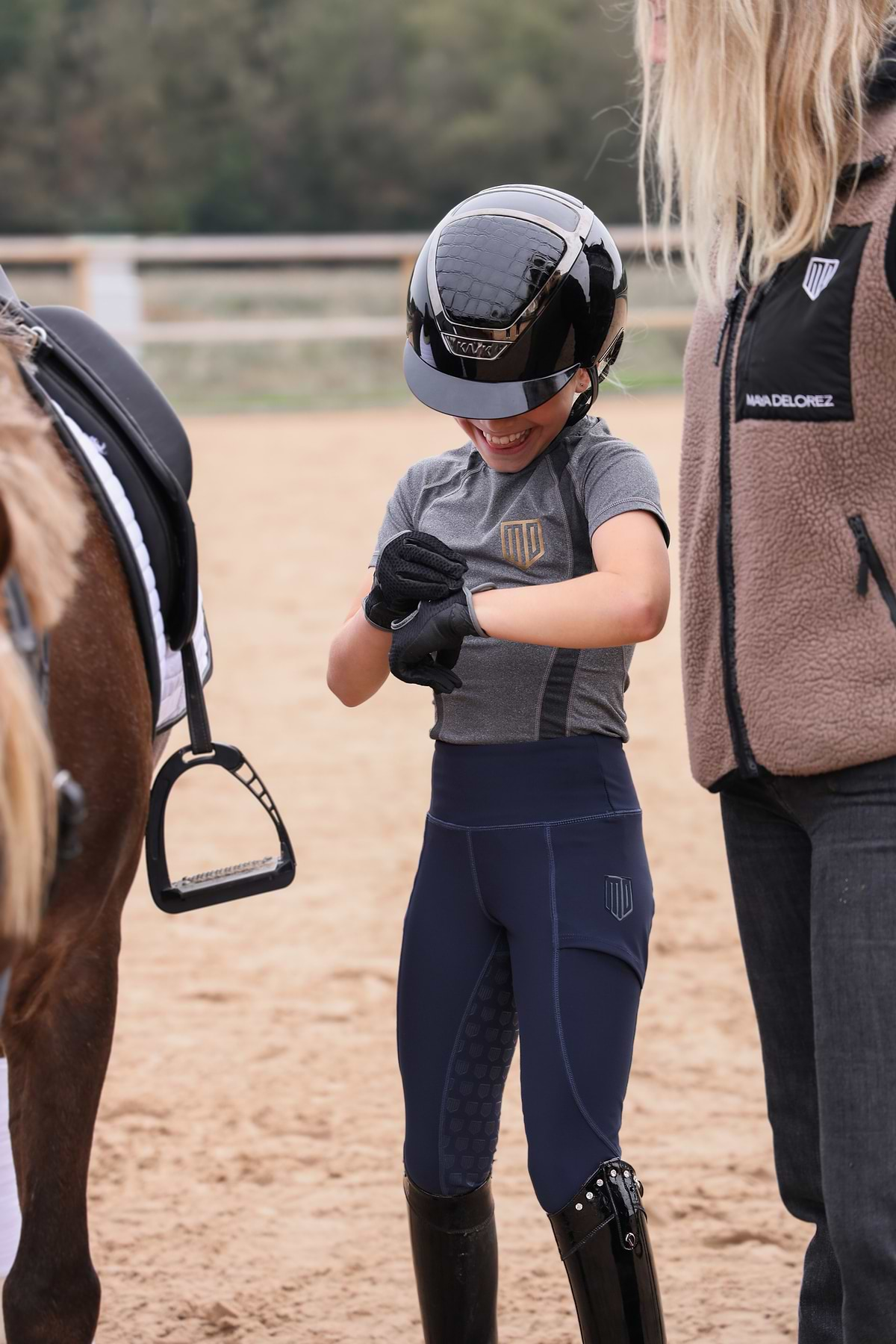Equestrian Young Leaders Europe
An International Initiative for Young Riders
How can learning to ride and communicating with horses provide young people with important life skills? Let’s find out.
Rebecca
Mon 11 Nov - 24

Equestrian Young Leaders Europe
An International Initiative for Young Riders
How can learning to ride and communicating with horses provide young people with important life skills? Let’s find out.
Rebecca
Mon 11 Nov - 24
Being a good rider requires communication, empathy, the ability to plan ahead, and problem-solving. To help encourage these skills, the Equestrian Young Leaders Europe (EYLE) Project was started. But what is it exactly? How does it work? We talked to Alice Ward, who works at the European Equestrian Federation (EEF), to learn more about the project and how working with horses can teach young riders valuable skills.
Hi Alice! 👋 For those who have not heard about the project before, can you tell us a bit about it?
– EYLE was an idea from the European Equestrian Federation, but it’s based on the existing young leader projects in Sweden and the Netherlands. It is designed to help young riders develop their equestrian skills but also their social skills and leadership abilities.
Have you worked together with the national federations?
– Yes, it was built with a lot of help and guidance from the Swedish and Dutch equestrian federations. Together, we have created the program overview, and then provided that to our first three countries (Hungary, Bulgaria, and Norway) to roll out and manage in their nations. But it would not have been possible without the support and funding received from the European Union through the Erasmus+ scheme.
“We believe the horse is a very powerful communicator, and through proper understanding, the bond that can be formed with a human is very strong.”
– Alice Ward, European Equestrian Federation
In what way can young people benefit from working with horses?
– We believe that the horse is a very powerful communicator, and through proper understanding, the bond that can be formed with a human is very strong. Horses of course cannot talk, so in order to understand them, a lot more patience and care is required. You must study their body language and reactions – skills that are often overlooked in human-to-human interaction, particularly in the online age. Plus, the horse can be different every day. They are not pieces of equipment that can be mastered.

What are some of the skills you hope to give young riders with this project?
– We have two main aims:
The first is to foster knowledge and understanding of equestrianism and horse welfare.
The young riders work through 11 badges covering all aspects of horse care, pasture management, and sustainability. They also learn about practical skills such as yard management. As they progress through the levels, they learn more advanced skills related to each badge and further their knowledge of horse care.The second core aim of the program is to foster their leadership skills.
Through these badges, the participants develop a range of skills that will help them far outside of the stables, such as communication, cooperation, and problem-solving. Each badge will incorporate certain tasks or activities that allow them to practice these skills and build their confidence.
What are some of the things that participants get to do?
– Each badge has specific aims and learning objectives and the young leaders can be given different tasks to achieve them. They may for example need to collect information and present this back to the group or they may be asked to organize an event together. The program is set up to allow each club coach some flexibility to adapt to each young leader’s strengths and weaknesses.
“To see how many young people are now actively participating and achieving their badges is incredible.”
– Alice Ward, European Equestrian Federation
What have been some of the highlights of the program so far?
– We are just approaching the one-year anniversary of the live roll out, and two years since the funding was approved by Erasmus+ and the project really started. To see how many young people are now actively participating and achieving their badges is incredible.
How many clubs are now offering the EYLE program?
– In Sweden and the Netherlands, where the program is many years old, there are many clubs and several hundred participants each year. In our new countries (Hungary, Bulgaria, and Norway), we have over 20 clubs, and more than 300 participants. The project has been achieved from a very small group of dedicated NF members and EEF staff and we are incredibly proud of how much has been accomplished. With this first year now complete, the countries will continue to expand the offering to more clubs, and we will also be speaking with our other European member countries to expand EYLE into new nations.
